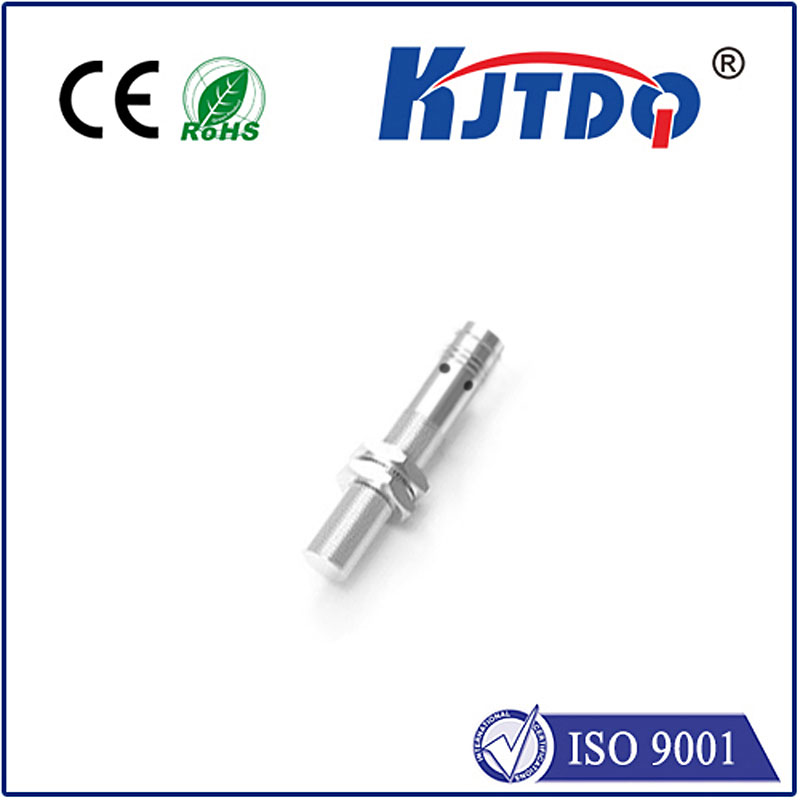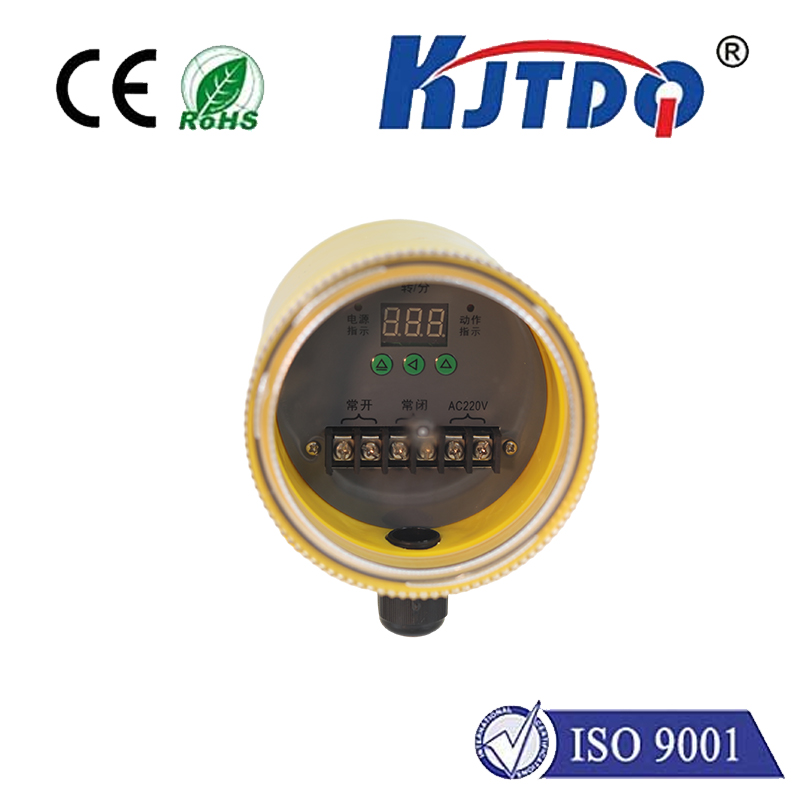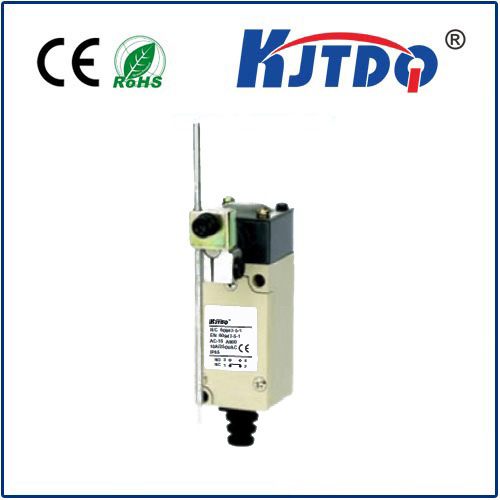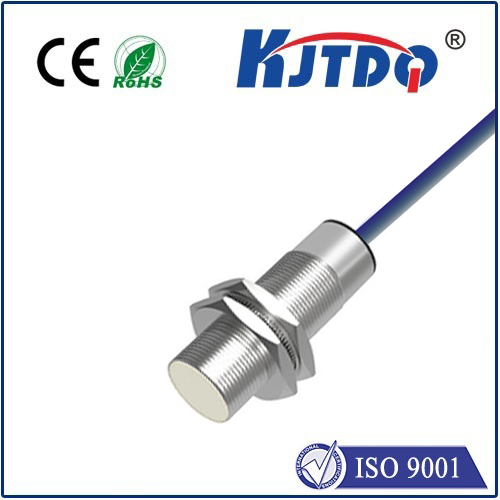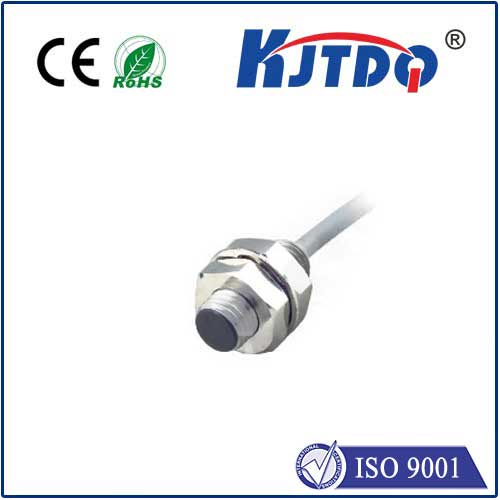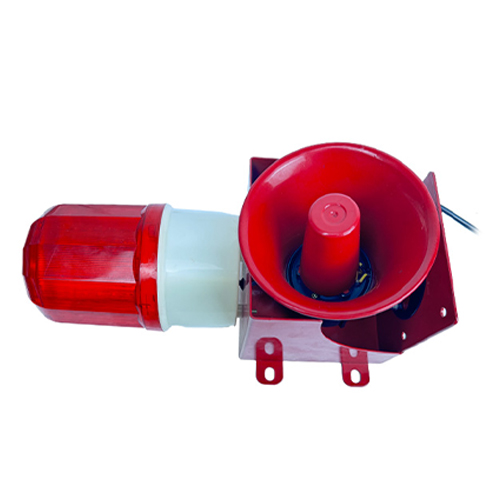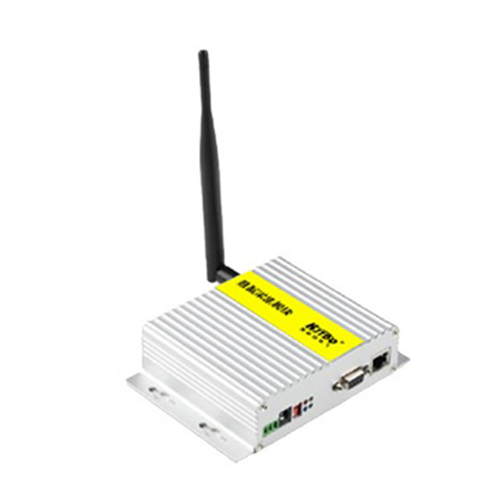
Проверка

Проверка

Проверка
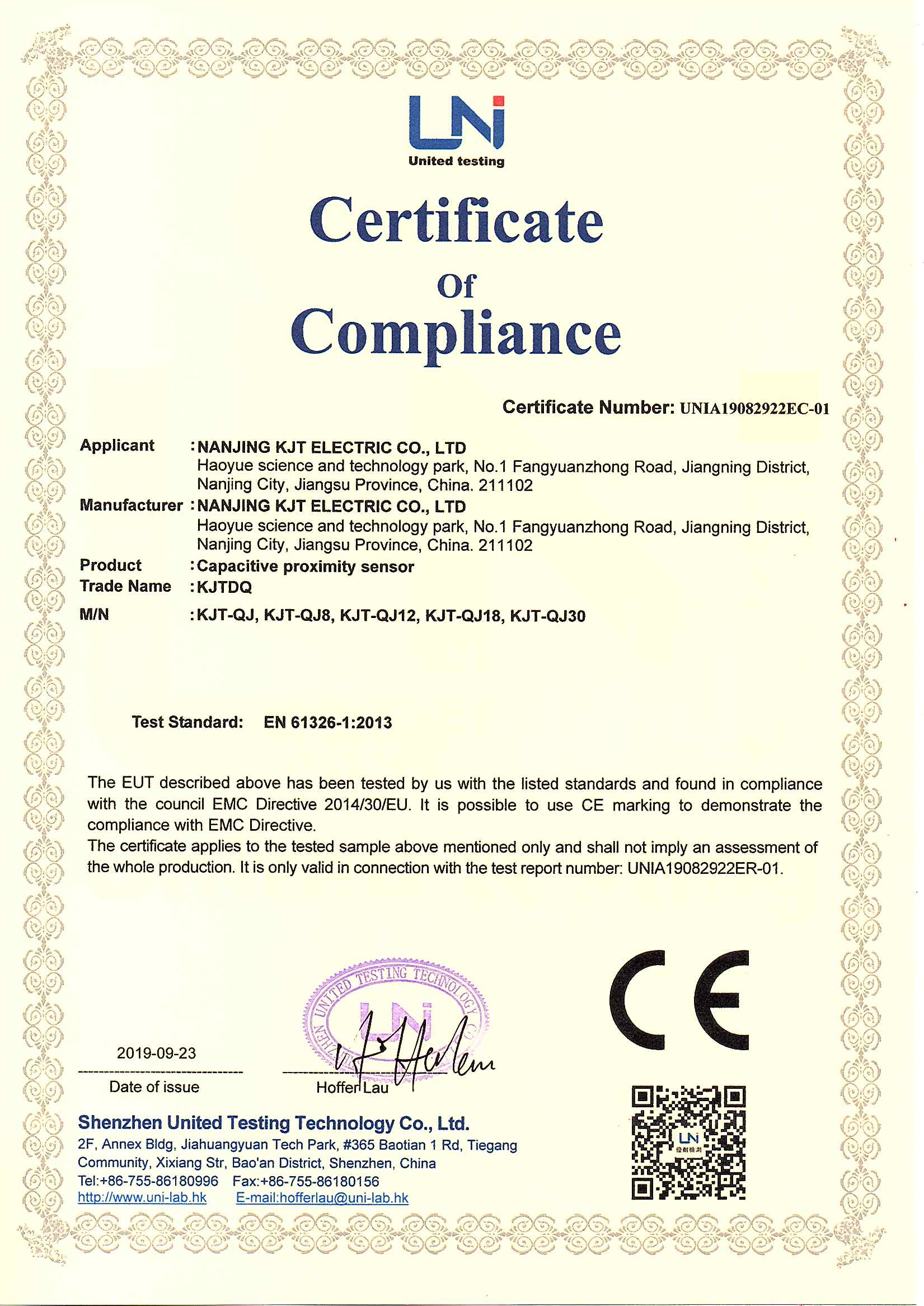
Проверка

Проверка

Проверка
Modern industry thrives on precision, efficiency, and resilience. Equipment operates under intense pressure – both figuratively and literally. In environments where high pressures are the norm, ensuring the reliable detection of objects or positions becomes a critical safety and operational challenge. This is where specialized components, like the BES01W2 High Pressure Proximity Sensor, step into the spotlight, offering robust solutions where standard sensors might falter.
Imagine hydraulic presses forming automotive parts, high-pressure pumps in chemical processing plants, or deep-sea equipment enduring immense forces. Standard inductive proximity sensors, while excellent in many applications, often reach their limits under such extreme pressure conditions. Their housings can deform, sealing can fail, and internal components can be compromised, leading to inaccurate readings, premature failure, and costly downtime.
The BES01W2 addresses these challenges head-on. Engineered specifically for high-pressure environments, it represents a category of sensors designed not just to detect, but to withstand the punishing forces encountered in demanding industrial applications. Its core function remains the same as any inductive proximity sensor: using an electromagnetic field to detect the presence of a metallic target without physical contact. However, its construction and design philosophy are centered around extreme resilience.
What Sets the BES01W2 High Pressure Proximity Sensor Apart?
The defining characteristic of the BES01W2 is its exceptional pressure resistance. While exact specifications vary depending on the specific model variant and manufacturer (as BES01W2 often represents a common housing type used by several sensor brands), sensors designated as “high pressure” like this are typically rated to withstand pressures significantly exceeding 100 bar (1450 psi), with some robust versions handling pressures well into the 300-500 bar range (4350-7250 psi) or even higher. This capability is crucial for:

Key Features Enabling Reliability
Beyond the headline pressure rating, several features contribute to the BES01W2’s suitability for harsh environments:
Why the “High Pressure” Designation Matters for Inductive Sensors
For inductive proximity sensors, the pressure rating isn’t just about keeping water or oil out like a standard IP rating. The intense pressure can physically distort the sensor housing. If the metallic front face (the sensing surface) deforms even slightly under high pressure, it can significantly alter the electromagnetic field generated by the sensor’s coil. This distortion leads to:
The BES01W2 High Pressure Proximity Sensor is engineered specifically to minimize this housing deformation under load. Its robust construction ensures that the sensing field remains stable and predictable, even when the sensor is submerged in an ultra-high-pressure fluid or exposed to intense gas pressures within a system. This translates to consistent, reliable detection where it matters most.
Integrating the BES01W2 into Demanding Systems
Due to their specialized nature, selecting and installing a high-pressure sensor like the BES01W2 requires careful consideration:
The Value Proposition: Beyond Just Detection
Implementing sensors like the BES01W2 High Pressure Proximity Sensor is an investment in operational security and efficiency. They prevent unplanned downtime caused by sensor failure under pressure, reduce maintenance costs by lasting longer in harsh conditions, and ensure process control loops function reliably. The potential for IO-Link integration unlocks further value through data-driven insights and predictive maintenance, optimizing overall equipment effectiveness (OEE) in complex, high-stakes environments. In critical applications where pressure is a constant force, choosing a sensor built specifically to withstand it isn’t just an option; it’s fundamental engineering practice. The BES01W2 provides the robustness and reliability needed to keep high-pressure processes running smoothly, safely, and efficiently.

